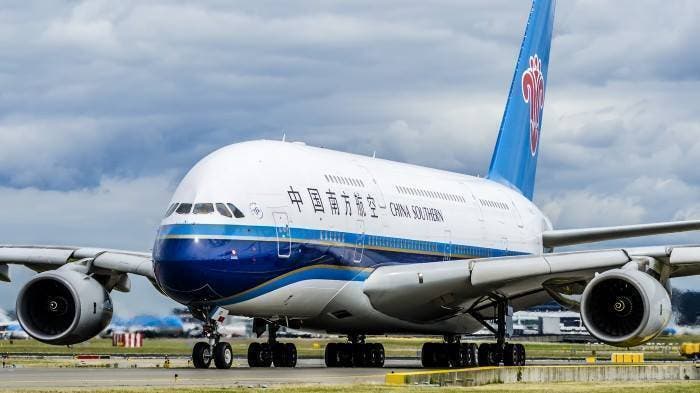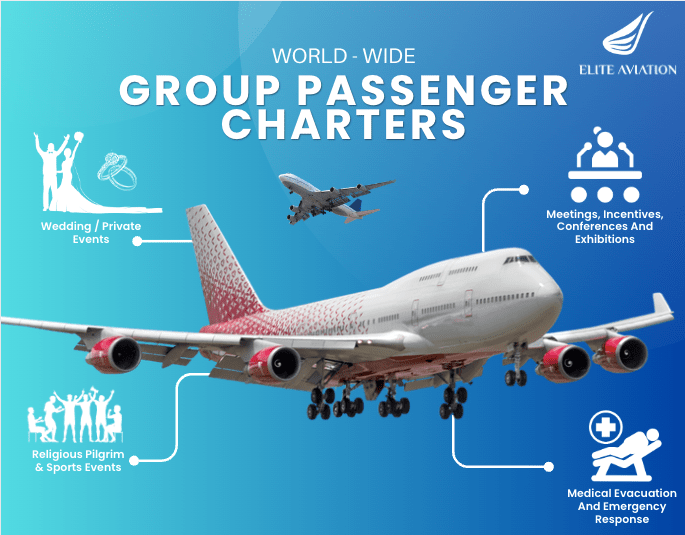The Chinese aviation industry has grown at an impressive pace Im recent years. Driven by the abolishment of minimum fare and high economic growth, passenger numbers have soared. That created an opportunity for new players to enter the market. With air travel depressed in most of Europe’s and North American markets due to the pandemic, Chinese air traffic is currently the world’s highest.

Throughout the years, the airline industry in China has remained dominated by the three national carriers, however, low-cost carriers have grown at a rapid pace since the early 2000s.
An overview
Almost 660 million passengers flew in China in 2019, twice more than in 2012. This impressive growth-trajectory has been driven by international travel, which has more than doubled since 2015, growing by 14% in 2018 alone. Nevertheless, most of the traffic remains domestic. Almost 90% of all traffic takes place inside the country.
Some companies have decided to benefit from the rapidly developing market and created new airlines. As a result, despite double-digit market growth, competition has intensified in China. Capacity has risen even faster than the demand, reducing yields and profitability. The big 3 carriers, Air China, China Eastern, and China Southern have lagged behind the newly created, agile LCCs.
Foreign airlines flying to China also haven’t benefited from such market dynamics. Not only have they lost market share to their Chinese competitors, but they also faced reduced profitability. Clearly, the post-pandemic market remains depressed, yet the airline dynamics and the competitive landscape prevail.
The big three
The three state carriers have strongly dominated the industry, both domestically and internationally. All three have had similar financial performances and offer almost the same number of seats of international routes with a maximum difference of two million seats annually.
In 2010, their cumulative domestic seat capacity was almost 60%, while international more than 80%. China Southern alone had a quarter of the total market and was the world’s largest carrier by seat availability last year.
But a lot has changed in the last decade. The big three lost out almost 20% of both domestic and international to their smaller rivals. Additionally, their profit margins remained contracted despite the booming market, averaging at roughly 5-7% in the past years. The new competitive landscape begins to weight on their business models.

Low costs on the rise
In 2015 there were only twelve Chinese airlines offering international flights. Now there are 29. The number of carriers operating international long-haul flights grew by 300% in just 5 years and currently stands at twelve. This new-airline explosion has been driven mainly by new airlines starting hubs in smaller Chinese cities as well as the emergence of the low-cost model in China.
A decade ago, low-cost airline had roughly 1% of the total market share, now they account for 15%. In the last four years, fourteen new airlines expended their operations into the international market, many of which operate on a low-cost model. Notably, low-cost Spring Airlines has become the fourth largest airline by international capacity in China.
it now offers 6 million international seats annually, almost 700% more than in 2012. It has an all-airbus fleet of almost 100 aircraft, as well as one of the highest net income margins among low costs in Asia, of almost 16%.

Looking ahead
Altogether, the next few years will be critical for the market, several carriers will be looking to come out as strong as they can following the pandemic. Nonetheless, once the industry recovers, it could be and exciting time for Chinese operations.
What are your thoughts about the Chinese airline industry? Let us know what you think in the comment section.
[ad_2]
Source link



